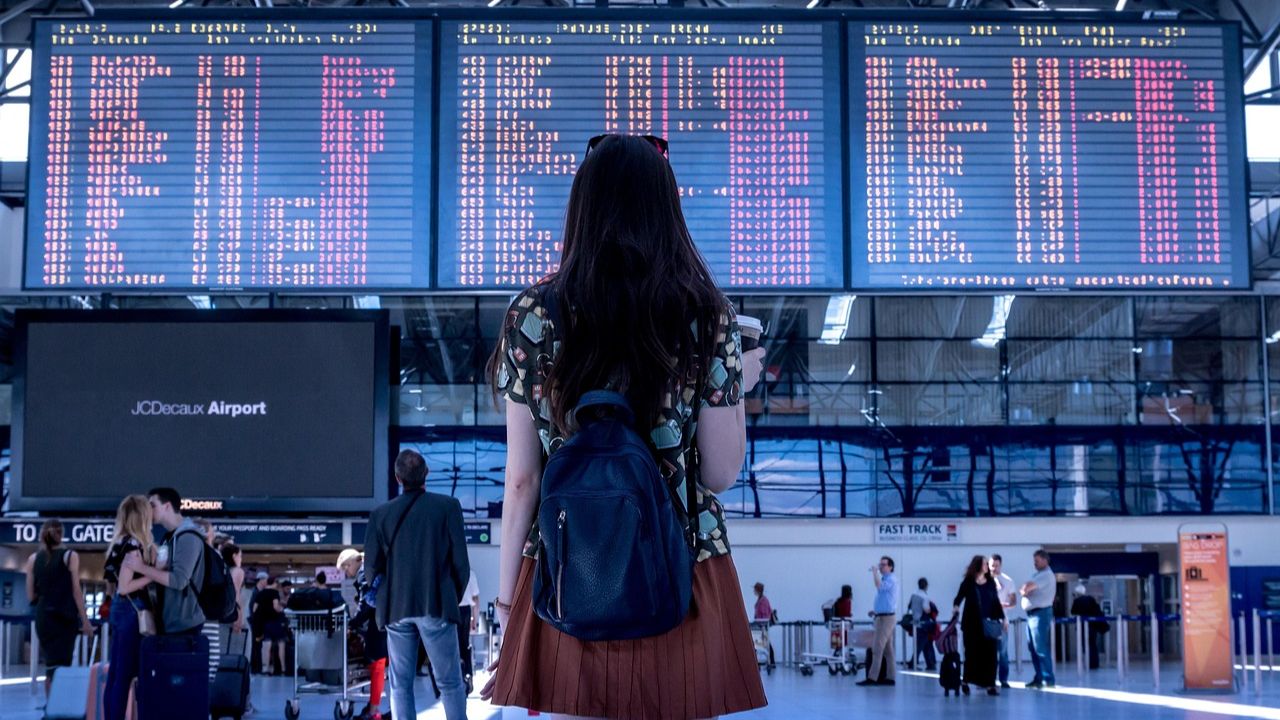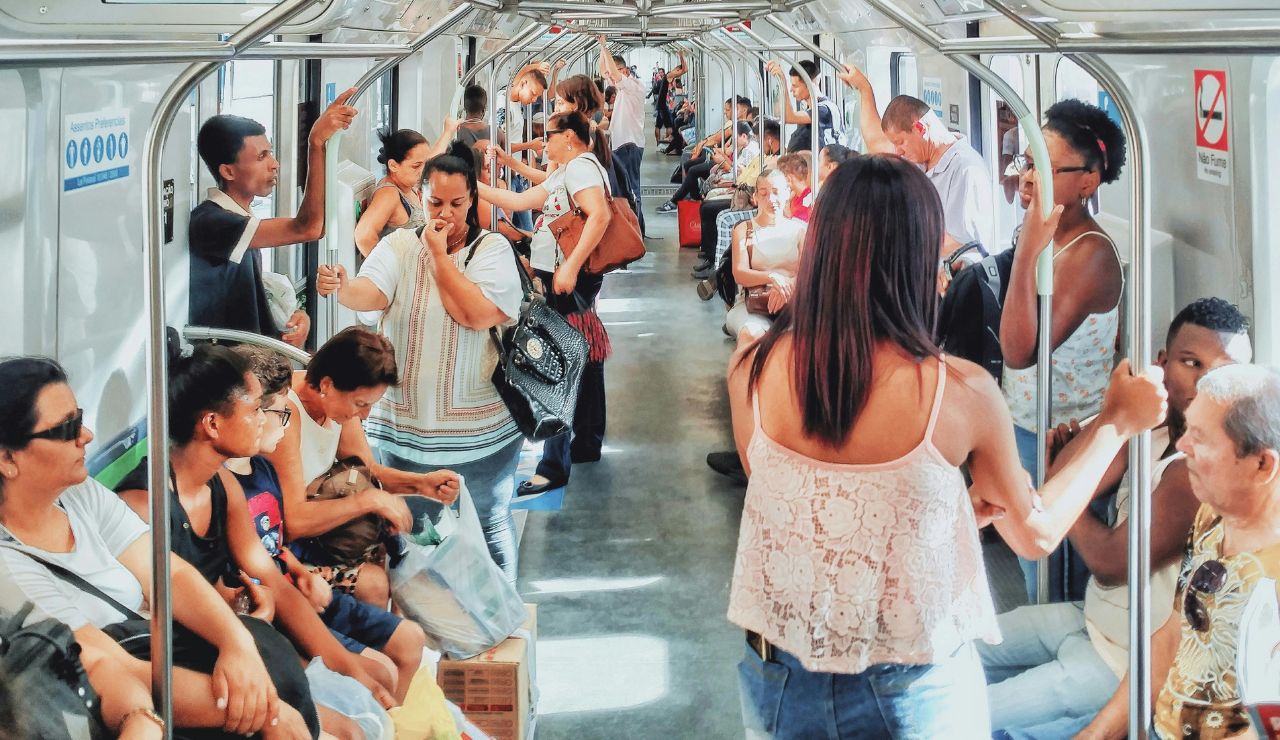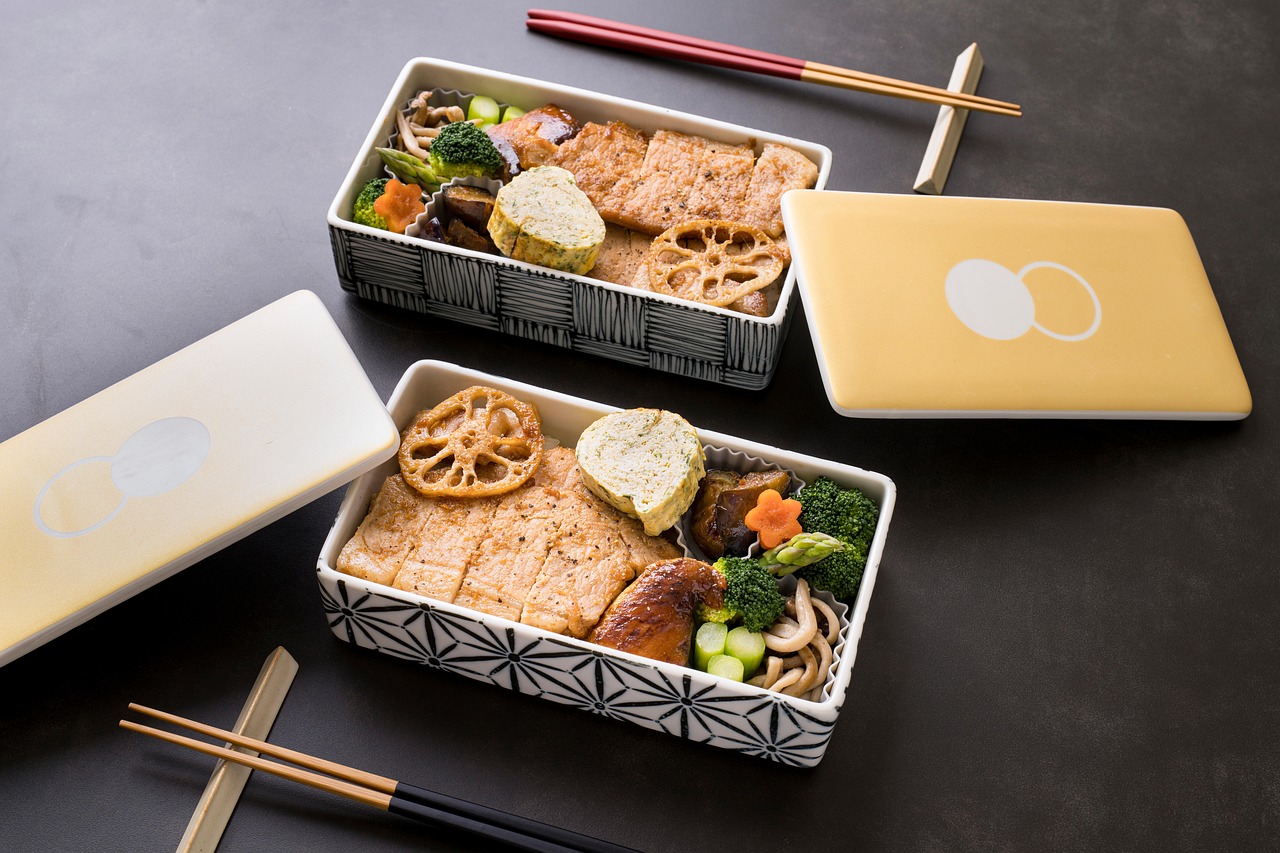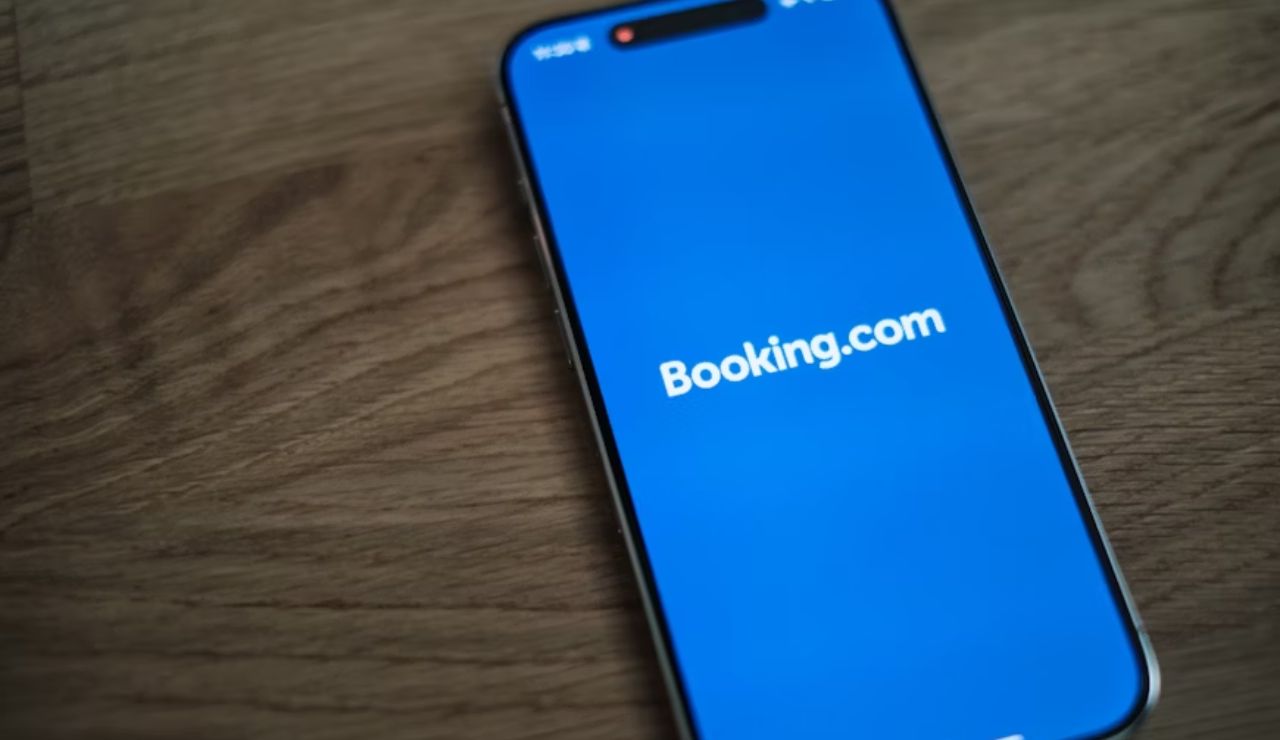12 Smart Budget Tips for U.S. Travelers in Asia

Dreaming of exploring Asia without draining your bank account? It’s more doable than you think. From the street food stalls of Bangkok to the bullet trains of Japan, Asia is packed with rich experiences that don’t require a luxury budget. The key is knowing where to cut costs without cutting corners. Whether you’re a first-timer or a seasoned traveler, these practical tips will help you stretch every dollar, stay longer, and dive deeper into the places you’ve been longing to see.
1. Off-Season Adventures Unlock Big Savings

Asia’s shoulder seasons, months just before or after peak travel, offer the same sights and culture at a fraction of the guesthouse price. In Bali, April and October bring fewer crowds and hotel rates dip by up to 30 percent. Thailand’s rainy-season lull from May to June means empty beaches and cheap ferry crossings. Flying into Vietnam in September avoids monsoon downpours in the north yet still offers sunny days down south. By timing your trip outside high season, you tap into discounted airfare, lower room rates and a more local vibe.
2. Early Planning with Room to Pivot

Locking in flights and accommodations months in advance typically nets you the best deals, yet deadlines can backfire if plans shift. Instead, scout bargain rates early, then subscribe to fare-watch alerts that notify you of dips or flash sales. Many low-cost carriers in Asia allow free date changes or minimal fees up to two weeks before departure. That way, you keep your itinerary fluid enough to chase a festival or extend a beach stay when prices drop, all without losing your original discounts.
3. Embrace Hostels, Guesthouses, Homestays

Sure, five-star resorts have their perks, but the true charm of Asia lies in family-run guesthouses, social hostels and immersive homestays. In Tokyo, capsule hotels start around $20 a night, while in Vietnam a private room in a family-owned homestay can cost as little as $15. These budget options often include communal kitchens, free local advice from hosts and chances to practice the local language. Skipping big chains not only slashes lodging expenses but also connects you with fellow travelers and authentic insider tips.
4. Ride Like a Local on Public Transport

Taxis can drain your wallet faster than you think, especially in cities with traffic snarls. Instead, hop on a packed metro in Seoul for under $1. Use Thailand’s colorful songthaews—converted pickup trucks—at flat rates or grab a motorbike taxi for short hops in Hanoi. Ferry rides between islands in the Philippines run a few dollars, while India’s long-distance trains offer sleeper berths for under $20 across several states. Public transport gives you authentic snapshots of daily life and maximizes every rupee.
5. Market Meals That Won’t Break the Bank

Skip tourist-y restaurants and follow your nose to bustling street-food lanes. In Malaysia, a plate of laksa or nasi lemak from a hawker stall often costs under $2, while steaming bowls of pho in Vietnam run about $1.50. Night markets across Taiwan serve grilled squid on a stick for just a dollar, and South Korea’s tteokbokki carts offer spicy rice cakes for around $1.25. Beyond saving money, these meals deliver the freshest ingredients, regional flavors and a front-row seat to local dining rituals.
6. Sleep on the Move to Save on Rooms

Covering ground overnight on trains and buses is a two-fer: you knock out travel time and skip a night’s lodging cost. India’s rail network has air-conditioned sleeper classes starting at $15 for an eight-hour journey. In Thailand, VIP night buses with reclining seats and blankets cost $20 to $25 for eight hours on the road. Japan’s overnight highway buses between Tokyo and Kyoto charge around $50. You’ll wake up refreshed in a new destination and keep more cash in your wallet.
7. Track Every Dollar with Budgeting Apps

When you switch on a budgeting app and set clear daily spending limits, the temptation to splurge on souvenirs or extra cocktails loses its grip. Apps like Trail Wallet or Spendee let you log expenses in multiple currencies, categorize costs and see real-time balances. If you allot $40 a day in Cambodia, you’ll know immediately when you’ve hit that cap—no surprises at month’s end. Sticking to a budget forces smarter choices, whether that means skipping a pricey guided tour or opting for a local bus over a private transfer.
8. Seek Out Free and Low-Cost Experiences

Some of Asia’s best offerings are budget-friendly. In Singapore, stroll the futuristic Gardens by the Bay outdoor areas for free. Hike Bali’s Campuhan Ridge without guides or fees and watch rice-terrace sunsets. Join free walking tours in Manila or Seoul to learn city history over two hours of paced exploring. Entry to many Japanese shrines doesn’t cost a yen, while museums in Bangkok offer discounted or free days. Scouring cheap or no-cost attractions lets you stretch your itinerary without stretching your wallet.
9. Trade Work for Room and Board

Platforms such as Workaway and WWOOF pair travelers with hosts who offer lodging in exchange for a few hours of help each day. You might find yourself teaching English in rural Thailand two mornings a week, helping on an organic farm in Indonesia or assisting at a yoga retreat in India. Hosts typically feed you home-cooked meals and include you in cultural activities. Four to five hours of work buys you a private room or dorm bed—an ideal arrangement for budget-minded explorers who don’t mind getting their hands a little dirty.
10. Bundle Your Way to Better Deals

Many airlines and online travel agencies offer package deals that combine flights, hotels and local transfers at bundled rates lower than booking each separately. In the Philippines, for example, flight-plus-hotel bundles to Cebu can shave off 15 percent compared to standalone bookings. Sites focused on Asia like Agoda or Traveloka sometimes run flash bundle sales, especially for multi-city trips. Booking everything in one transaction streamlines your itinerary, locks in price guarantees and occasionally nets free extras like breakfast or airport pickup.
11. Maximize Points with Loyalty Programs

Even infrequent travelers can reap rewards by joining airline and hotel loyalty schemes. Sign up for Asia-focused programs like AirAsia BIG or the Accor Live Limitless club. A $30 hotel stay here and there can translate into points that lead to free nights or room upgrades down the road. Credit cards that waive foreign transaction fees and earn travel points on every dollar spent amplify those savings. Before you know it, points will cover a flight segment or two, making your next Asian adventure even more affordable.
12. Hunt for Flights with Smart Tools

Booking flights in private-browsing mode prevents cookie-driven price hikes when you search repeatedly. Set fare alerts on platforms like Google Flights or Skyscanner to catch sudden drops. Data shows that Tuesdays and Wednesdays often yield the lowest fares on Asia-bound routes from the U.S., while booking around six to eight weeks before departure balances price and availability. If you spot a deal, act fast—discounted seats evaporate quickly. Vigilance pays off, and landing that sub-$500 round-trip ticket may just fund an extra week of travel.